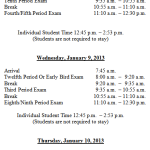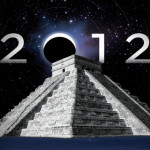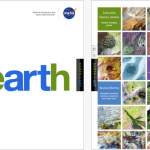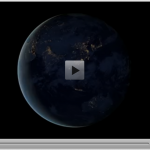It is here! The end of the semester is upon us, marking a victorious moment for you as you conquer the material from this semester. Please start studying as soon as possible. The exam schedule is…
(Click the image.)
Physics: Your exam will cover units 1, 2, 3, and part of 4 (as discussed in class.) Use the “Unit Overview” documents to see the standards (“learning goals”) you need to master, including sample questions and lists of skills. Please use the podcasts and do practice problems from the book. I will run review sessions after school on January 3rd, 4th, and 7th as well as before school on January 4th and 7th.
Astronomy: Your exam will cover all six units from the course.
Study Strategies:
- When watching podcasts or reviewing notes, don’t sit passively. Instead construct a cognitive map (“web”) out of the notes. We’ve talked in class about the benefits of this approach. See a sample here.
- Do practice problems. For physics, retry problems from the book and check your answers against your old homework. Also quiz yourself from the questions in the unit overviews. For astronomy, go over the old homework, quiz yourself from the unit overviews, and practice skills such as star mapping and meridian diagrams referenced in the overviews.
- Physics: Go to the web apps linked from the homepage of our website as well as from each unit’s webpage. Also review your lab reports to ensure you can analyze similar data. (You don’t need to memorize lab procedures or results.)
- Break your studying up into multiple short sessions. You’ll encode the information better.
- Spend enough time studying.
Cool Science of the Week: This is just fun and cool. Scientists use satellites to track navigational patterns of tagged sharks, and you can see them “ping.” Sixteen-footer Mary Lee just pinged this afternoon (12-21) off of Cape Cod. For those of you vacationing near beaches, it sure is fun to think about! 😉





